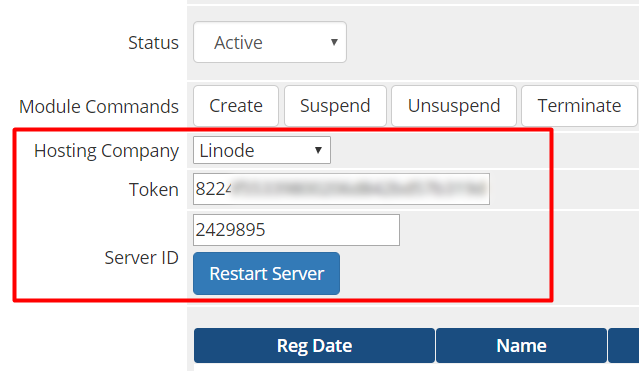
For a server in a Database Availability Group (DAG), the process would be a little different. Now, you can reboot the server for a standalone Exchange Server.


The above process will stop the services of the Exchange Server. This will automatically stop all the services which start with MSexch for the Microsoft Exchange Server prefix. Open PowerShell prompt as Administrator and run the below command: Get-service | ? | stop-service You can also automate the process by using a PowerShell script as given below. Do not touch the services which are manual or disabled. Make sure to stop the services which has the start-up type as Automatic or Automatic (Delayed). Find the Exchange Server Services: Now, find the Exchange Server services, right-click on them, and click on Stop.You can open the Services Manager window by right-clicking on the Start button and then click Run. There are different ways to stop the services. Then, you can go ahead and stop the other services. Stop the MSExchangeADTopology Service: First, you need to stop the MSExchangeADTopology This will stop the dependent services.Such applications would require their own procedure and we cannot cover all the applications. Here, we’ll be assuming that the operating system hosting the Exchange Server is a member server and there are no other third-party or Microsoft applications installed. Below, we’ll be discussing the right way to reboot the Exchange Server. So, you need to follow the correct procedure to stop these services and reboot the Exchange Server. In such as case, you will not be able to do anything as you will be stuck with a blue screen. If a process is stuck or frozen, this could delay the restart or even prevent it from restarting. You need to stop the services before you restart the server.

Also, you need to consider if any updates and processes are running. When rebooting a server, there could be services which are dependent on others. The services may differ from one version of Exchange Server to another. If you have a virtual machine, you would need to reboot due to an update to the virtualization tools or to add new resources to the server.īut why you cannot just restart the Exchange Server? Exchange Server is made up of a lot of elements. There might be issues with the underlying hardware and you would need to turn off the Exchange to fix or replace the faulty hardware. There are several other reasons why you need to restart your Exchange Server.

They need to restart the Exchange Server when doing such changes. Most businesses have a monthly maintenance window to install the operating system and Exchange Server updates.


 0 kommentar(er)
0 kommentar(er)
